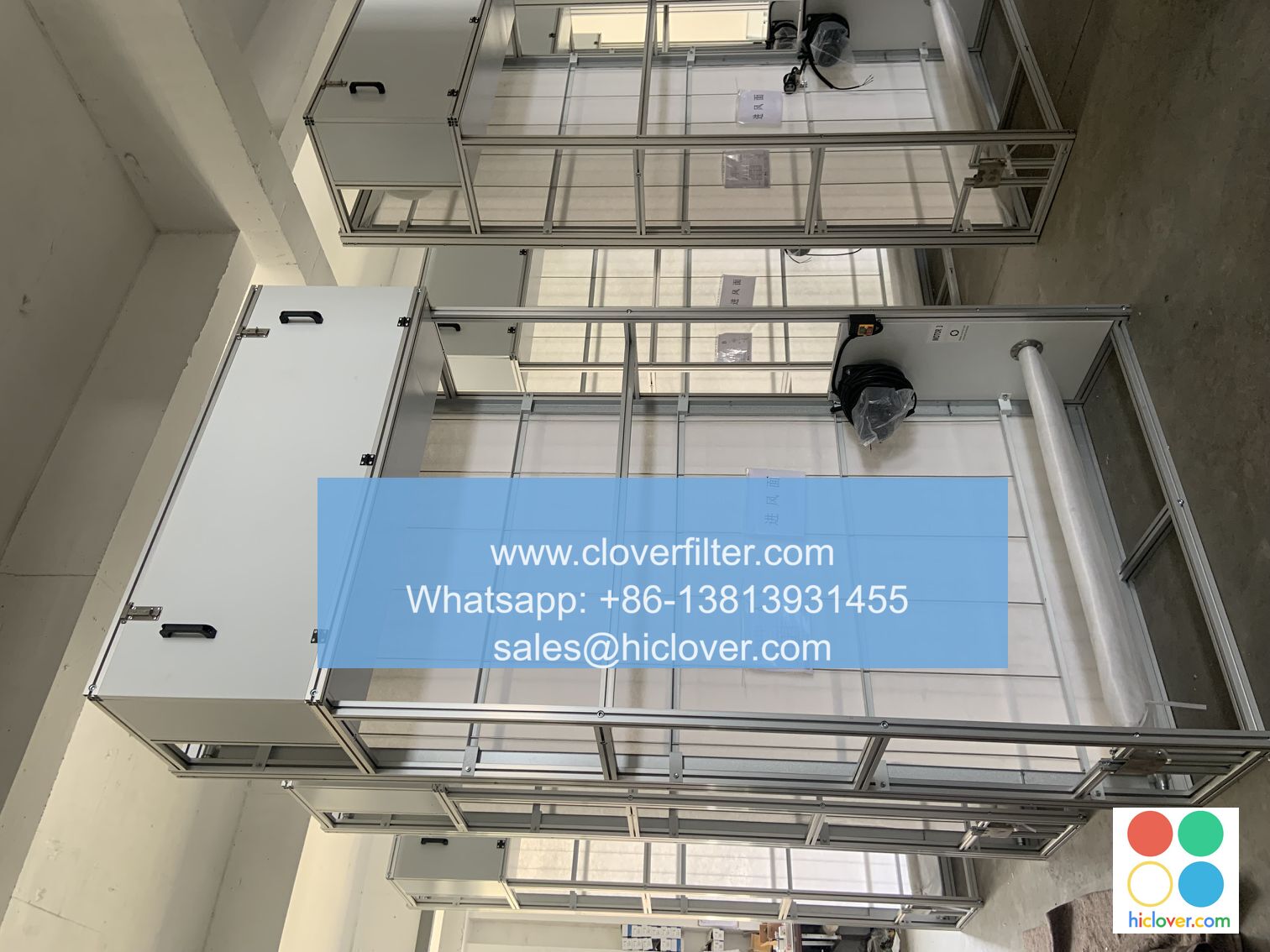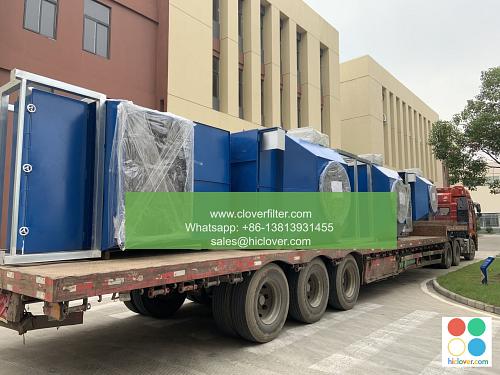The Nominal vs Actual Size Debate: What You Need to Know

The Nominal vs Actual Size Debate: What You Need to Know
What is the Nominal vs Actual Size Debate?
The nominal vs actual size debate is a long-standing discussion in the field of architecture, engineering, and construction. It revolves around the measurement of dimensions of buildings, rooms, and materials, with a focus on whether the reported dimensions are nominal (stated size) or actual (measured size).
What are Nominal and Actual Sizes?
- Nominal size: The size of a material, building, or feature as stated or declared, which is often considered the "nominal" or "theoretical" size. This size is usually rounded up or down to the nearest half unit or whole unit for ease of calculation and communication.
- Actual size: The true, measured size of a material, building, or feature, which may differ from the nominal size due to manufacturing tolerances, construction variations, and so on.
Why is the Nominal vs Actual Size Debate Important?
The debate is crucial in various areas, including:
Construction and Architecture
- Accurate measurements are crucial in building design, construction, and renovation. Misunderstandings can lead to costly mistakes, rework, and construction delays.
- Actual sizes are essential for structural calculations, material ordering, and space planning.
Manufacturing and Engineering
- In manufacturing, nominal sizes are often used as a reference point, but actual sizes may vary due to production tolerances, material properties, and machining limitations.
- In engineering, accurate measurements are vital for designing and testing equipment, machines, and structures.
Data Storage and IT
- In data storage and IT, issues arise when dealing with varying nominal and actual sizes of storage devices, servers, and networks. Misaligned information can cause data loss, downtime, or compatibility problems.
Why is the Debate so Controversial?
- Historical roots: The debate stems from the early days of construction, when measurements were often taken with less precision, leading to discrepancies between nominal and actual sizes.
- Practical considerations: Architects and engineers must balance precision with practicality, as small variations in size can have significant effects on project outcomes.
- Communication and standards: The use of nominal vs actual sizes can lead to confusion, miscommunication, and conflicts, particularly if not universally defined or understood.
- Cost and time constraints: The debate is also influenced by the economic and time-sensitive nature of projects, where compromise between accuracy and resource allocation is necessary.
Conclusion
The nominal vs actual size debate is a complex issue that affects various industries and areas of life. While the use of nominal sizes is common, actual sizes are crucial for precision and accuracy. Understanding the differences and implications can help mitigate potential problems and ensure successful outcomes.
By recognizing the importance of both nominal and actual sizes, we can work towards better communication, collaboration, and precision in our endeavors.
Additional Resources:
- "The Importance of Actual Sizes in Construction" (Journal of Civil Engineering)
- "Nominal vs Actual Size in Manufacturing: A Case Study" (Manufacturing Engineering)
- "The Nominal vs Actual Size Debate: A Historical Review" (Journal of the History of Science and Technology)
It seems you’ve started to ask a question, but I’m not quite sure what it is!
Could you please rephrase or complete your question so I can better understand what you’re looking for?


